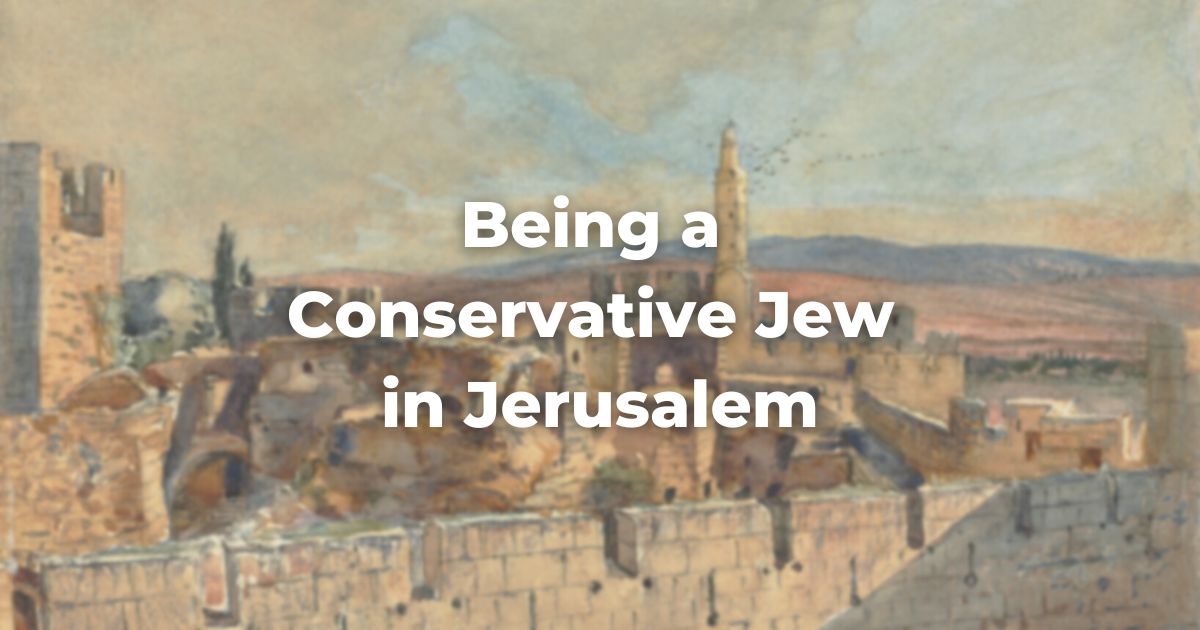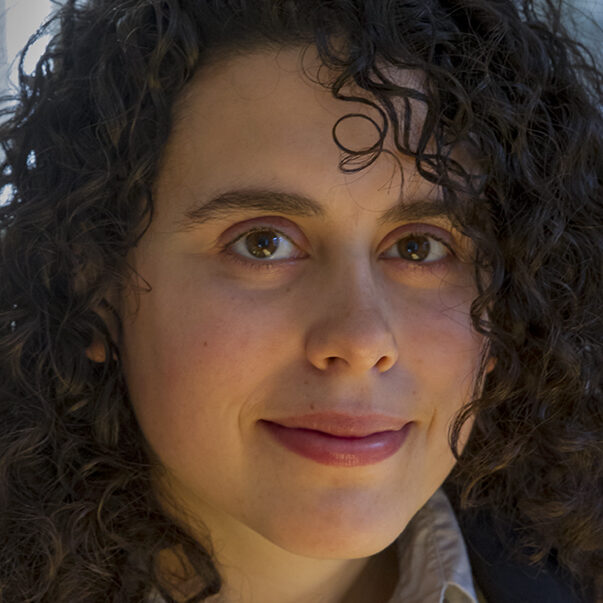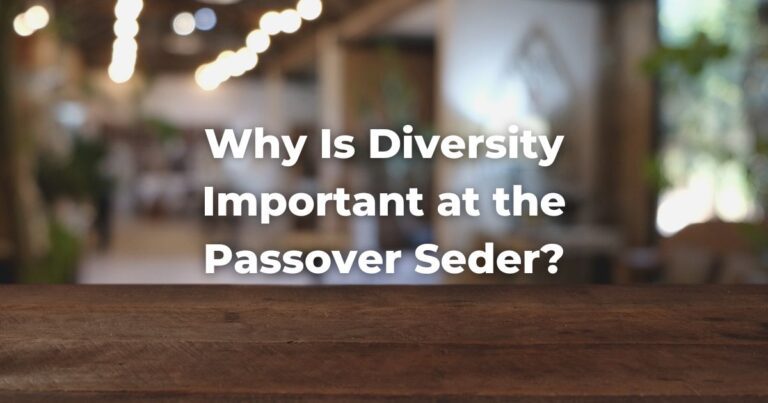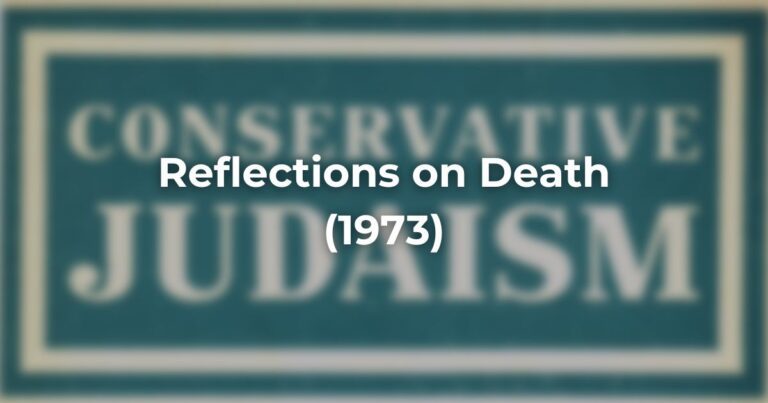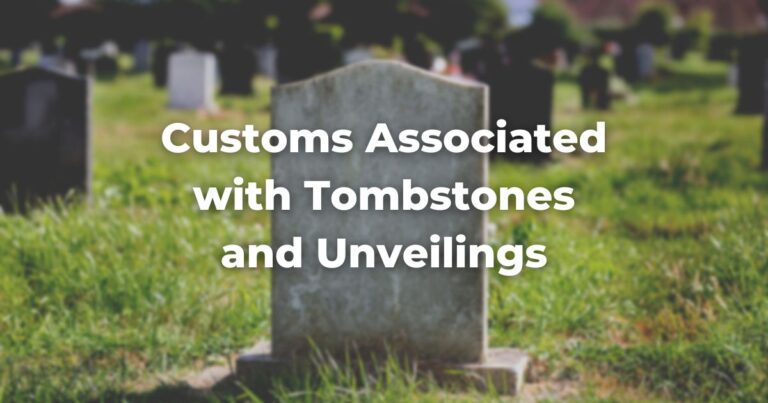Being a Conservative Jew in Jerusalem is confusing.
Le’mashal (for example):
A family trip to Israel the summer after my junior year of high school found us trekking through underground tunnels alongside the bottom of the Western Wall. We rounded a bend, and the tour guide pointed out a single folding chair in a dim corner with a siddur resting on it.
“This,” the guide proclaimed, “is the holiest place in the world.”
You see, it turns out that that chair marks the spot closest to the Holy of Holies in the (now destroyed) Temple.
I thought about a Hallel service where each person’s voice melded into a single transcendent tune, Shabbat dinner at a mountain campsite in Vermont, and the joy as my mother’s adult Bat Mitzvah class said the shehecheyanu together. Then I looked at the single metal folding chair. I was nonplussed.
This just wasn’t my experience of holiness, or of Judaism for that matter.
Nimshal (explained differently):
Jerusalem, like any home or any place that I’m told is home (the homiest home in the world!), is complicated. It fits and doesn’t fit.
I’ve lived there, studied for a year at Hebrew University (in Hebrew!), and visited many, many times. I will say there’s nothing more wonderful than that “on-the-same-page” feeling—like when the destination sign on the front of the Egged bus flickers “Moadim l’simcha” (the way to say Chag Sameach, or “happy holidays”) during chol ha’moed Sukkot or walking down streets named after Jewish poets. That kind of Jewish awareness just doesn’t exist anywhere else in the world.
I’ve also been accosted by Israeli Jews on the streets of Jerusalem (with blunt curiosity that is both endearing and initially terrifying) for doing things that are part and parcel of why I am a Conservative Jew.
Once a fellow Jew once ran across four lanes of (Israeli!) traffic to ask me why I was wearing a kippah. Another time, a passerby yelled at my girlfriend and I, “Are you lesbians?!” When we said yes, they shouted back “Mazal tov!” There was no harmful intent, but these incidents (among others) definitely didn’t make me feel at home.
And don’t even get me started on the politics and power structures of the place—though I will say that just like many American and Israeli Jews, I have a lot of opinions.
Part of me is in love. Part of me is staring at that metal folding chair and thinking really?
But I still keep going back.
Mashal (another explanation) again:
On that same family trip, we trekked through Hezekiah’s tunnel—yet another archaeological tunnel—which was carved to transport water across Jerusalem.
Part of the lore of the tunnel is that two teams of excavators started at either end and magically met in the middle, guided only by the sound of each other’s chisels. The reality of the tunnel: There are a couple of false starts, but in the end, the water goes through.
And so when I think of the holiest place in the world, or at least, a holy place, I think of that meeting point in Hezekiah’s tunnel. There are missteps, it fits, it doesn’t fit, sometimes we hear each other, sometimes we don’t, but we keep at it. We always believe we’ll meet in the end.
And when we meet, it’s something holy.
Author
-

Emily Jaeger is a poet and professional writer based in Wilmington, North Carolina. Her work has appeared in Insider, News Courier, and JTA among others. https://emilyjaeger.com/
View all posts

